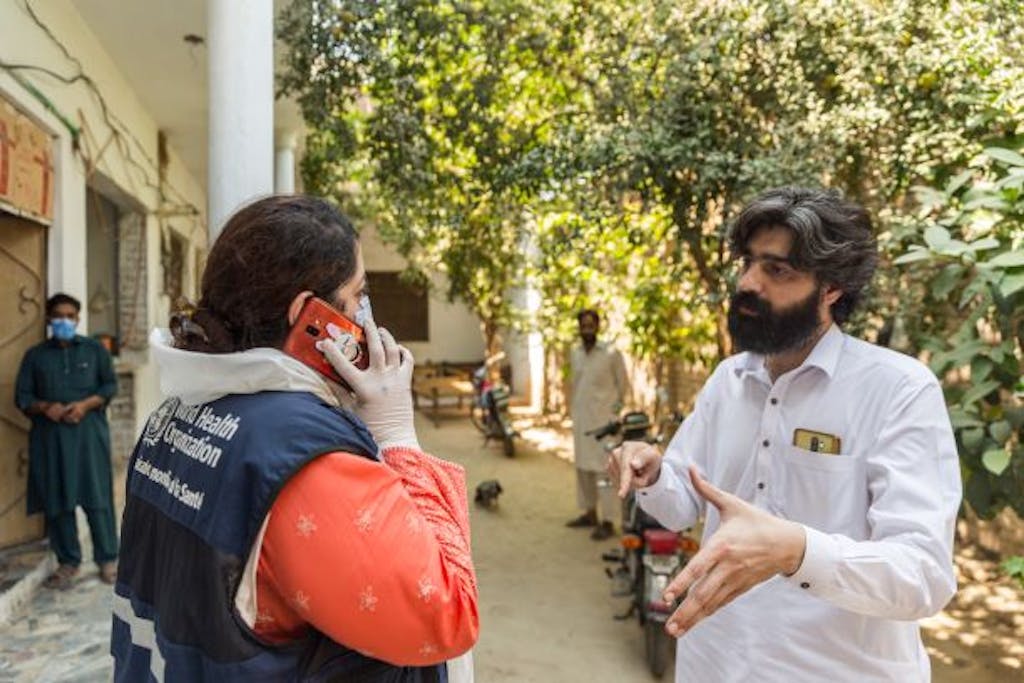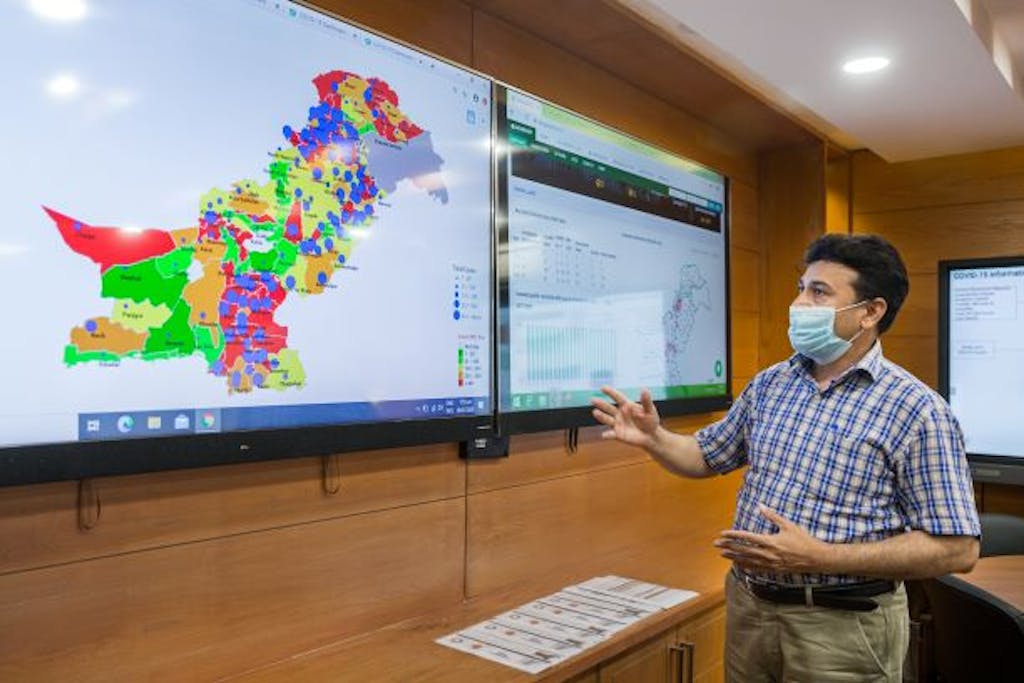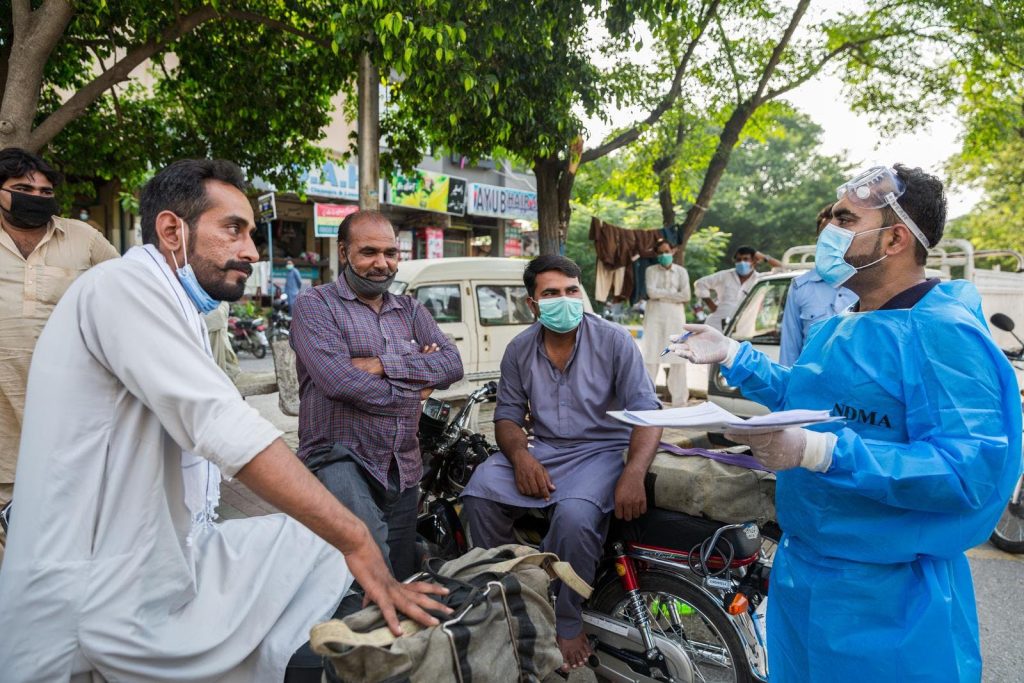The story of COVID-19 is one in all trial and error. Reopening borders, tourism, and public areas is difficult in timing and logistics, typically inflicting will enhance in virus transmission and a doable reinstatement of lockdowns in cities and areas. that is all too evident in places simply like the US, Australia, Spain, and the united kingdom.
“we’re at a important level,” says Dr Stéphane Hugonnet, Medical doctor and Epidemiologist, Unit Head, WHO well being Emergency Programme. “Contact tracing is essential with the intention to quickly set up circumstances and their contacts and forestall resurgence.” As lockdown measures start to in the discount of COVID-19 circumstances to manageable ranges, says Dr Hugonnet, the epidemiological adjust to of contact tracing should go into full power.

So what’s contact tracing?
Seemingly straightforward, contact tracing is the approach of figuring out all of us that a COVID-19 affected person has are obtainable contact with inside the final two weeks. essentially, the elevate may even be monumental.
“you want a system to establish circumstances, a functioning laboratory, a system to suggestions information, people to establish and adjust to-up with contacts, current assist in the event that they want quarantine, and deal with them correctly,” says Dr Hugonnet. This portions — at a minimal — to three days of labor per COVID-19 affected person. And that’s not even contemplating take a look at delays, new branches of virus transmission, and journey difficulties in rural or battle settings.
Contact tracing turns into difficult and time-consuming in a brief time. particularly inside the context of COVID-19, as a end result of the virus may even be transmitted between individuals with out even manifesting signs.
“all of it gives up,” says Dr Hugonnet.
to diminish down on the particular person-vitality wished to handle these processes, a massive assortment of digital devices are surfacing world huge. An possibility used presently in fifty five initiatives worldwide acknowledged as Go.information. Developed by WHO by means of the West African Ebola epidemic in 2014, Go.information is a machine for public well being practitioners and discipline responders that facilitates labour intensive processes of contact tracing similar to preliminary case investigation, transmission pathway visualization, and get in contact with adjust to-up.
builders are additionally turning their eyes to the ultimate public, placing epidemiological devices inside the arms of irregular residents and companies. the small print differ from machine to machine. Some, like SaferMe, merely current employers with a database of recurrently up so far contact tracing from workers and a spot to enter every day well being surveys.
Others have extra difficult implications, for event the “publicity Notification” from Apple and Google. These “proximity monitoring devices” are downloadable telephone apps that use Bluetooth to alert clients as quickly as they’ve come into contact with a COVID-19 constructive particular person, advising them on subsequent steps. nonetheless, there are some roadblocks to ubiquitous public adoption. on the start: information safety and privateness.
information safety and privateness
The effectiveness of digital proximity monitoring devices relies upon upon a extreme safety and utilization cost amongst the diversified inhabitants. notion is a central problem, with legal guidelines on privateness and information safety various drastically all by means of the world. “We should make constructive that key parts of privateness aren’t abused or disregarded inside the title of public well being response for emergencies,” says Bernardo Mariano Junior, Director of the division of Digital well being and Innovation and Chief information Officer of WHO. “the secret’s discovering frameworks the place information privateness and information sharing can coexist in methods in which add to public well being responses.”

Mr Mariano additionally emphasises that digital devices can not be utilized in a vacuum, a sentiment echoed by Dr Hugonnet. “Digital devices have the potential to optimize conventional contact tracing processes, however supplied that they are constructed-in proper into a full public well being response,” says Dr Hugonnet. “the equipment can not carry out or be efficient by itself.”
When it comes proper down to it, contact tracing by means of the COVID-19 pandemic relies upon on the ever-current implementation of conventional epidemiological approaches, involving public well being responders who examine circumstances in particular person, obtained proper down to converse to these probably uncovered, and advise them on what to do subsequent. nonetheless, inside the context of widespread neighborhood transmission that will not going to be ample, and new utilized sciences may be required to scale up these processes. Even so, in maintaining with the worldwide Telecommunications Union, initially of 2020, forty six.4% of the world inhabitants had no entry to internet. As digital options to contact tracing are explored, it’s key to bear in thoughts they are going to solely revenue a privileged subset of the world. Even with broadband internet entry — wished to receive proximity monitoring apps — clients would additionally want good telephone expertise, which creates one other roadblock to the widespread use of these digital devices.
whereas the world searches for breakthroughs in well being expertise, who’s working a quantity of tracks instantly: behind the scenes bringing collectively private sector, innovators and governments to scale up expertise and digital inclusion, and on the underside in humanitarian settings like Syria, Yemen and Bangladesh to arrange early warning methods for COVID-19 transmission and current a lot wished assist.
there may even be nonetheless so a lot to examine contact tracing inside the age of COVID-19. WHO ensures what all of us know already is put to work.
“that will not a dash,” says Mr Mariano. “it is a marathon.”
Featured picture: WHO / Blink Media – Saiyna Bashir

